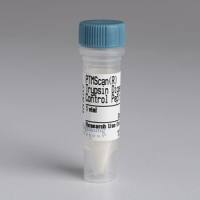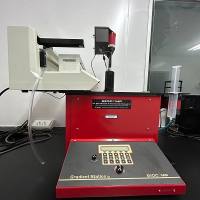Structural Profiling of Short-Chain Lipopolysaccharides from Haemophilus influenzae
互联网
495
Lipopolysaccharides (LPS) are a complex class of glycolipids that can trigger a cascade of immunological responses in mammals, including endotoxic effects and serum antibody production (1 ). LPS have been found to exhibit a common molecular architecture consisting of at least two distinct regions: a carbohydrate containing region and a lipid moiety referred to as lipid A (2 ). In enteric bacteria (e.g., Escherichia coli, Salmonella spp.), the carbohydrate containing region consists of a high-molecular-mass O-specific polysaccharide that is covalently linked to a low-molecular-mass core oligosaccharide (3 ). Haemophilus influenzae produces only short-chain LPS in which the carbohydrate region typically contains mixtures of low-molecular-mass but structurally diverse oligosaccharide components. This pathogen remains a major cause of disease worldwide. Six capsular serotypes and an indeterminate number of nontypeable (i.e., acapsular) strains of H. influenzae are recognized. In the developed world, non-typeable (NTHi) strains are the second major cause of otitis media infections in children, while serotype b capsular strains are associated with invasive diseases, including meningitis and pneumonia (4 ). The carbohydrate regions of H. influenzae LPS molecules provide targets for recognition by host immune responses, and expression of certain oligosaccharide epitopes is known to contribute to disease pathogenesis. Molecular structural studies of LPS from a number of different H. influenzae strains have resulted in a structural model in which a conserved l -glycero -d -manno -heptose (Hep)-containing inner-core trisaccharide moiety is attached via a phosphorylated 3-deoxy-D-manno-octulosonic acid (Kdo) residue to the lipid A component (5 –16 ) (see Structure 1 ).







